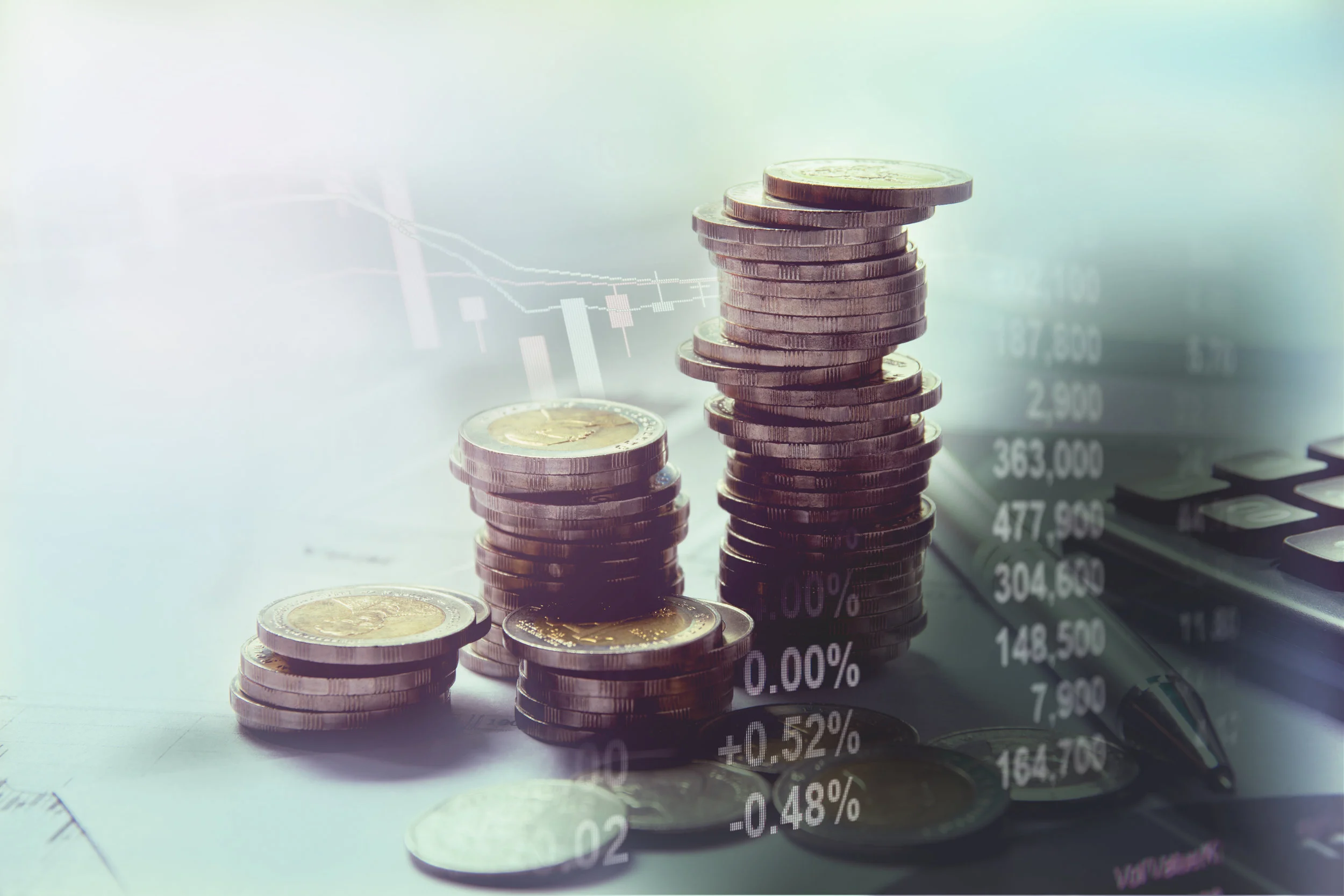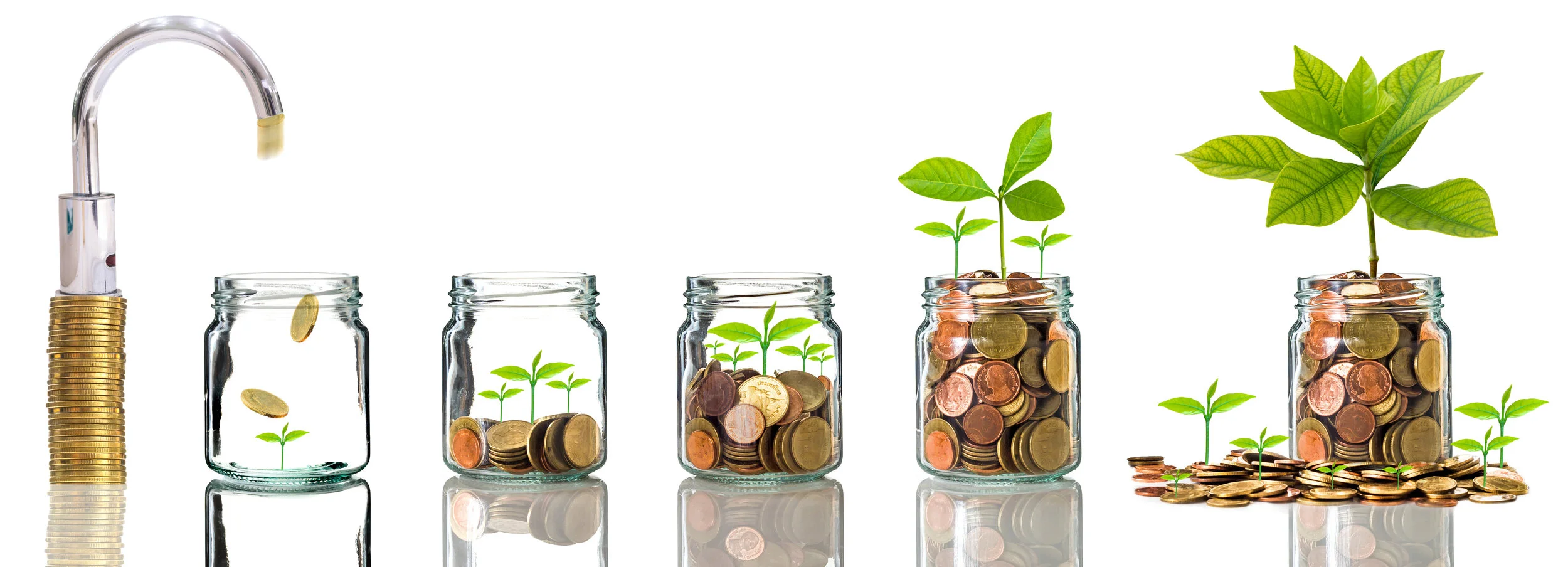This post may contain affiliate links. If you purchase products or services linked from this page, Summit of Coin may receive a small commission at no extra cost to you.
At the beginning of this month, I was listening to a podcast (like usual). It just happened to be the Dave Ramsey Show and Dave was going on a rant about the media. He was frustrated that the media only reports the doom and gloom of the stock market crashes, but never reports positive stock market reports.
This frustration stemmed from the fact that the S&P 500 earned 20% in 2017 and there was no mention of it on the nightly news. The nightly news may mention a daily gain or loss, but rarely mentions the gains over the course of a year.
This got me thinking. How are my investments performing? I knew that we had increased our net worth in 2017 by 20.8%, but I hadn't taken the time to look at our investment performance during the year.
Investment Performance 2017
Source: Personal Capital
The first thing I did was log into Personal Capital and take a look at our investment returns when compared to the S&P 500. As you can see, we gained 20.28% (YOU Index) last year on our investments and the S&P 500 gained 19.42% (a little less that Dave stated on his podcast). Great news: Our investments outperformed the S&P 500 in 2017! My investments did underperform the Dow Jones Industrial Average which gained 25.08% in 2017.
Related: My Investing Principles
I wanted a deeper look into our investments and I created a spreadsheet to show our gains for each individual investment. Below is a screen shot of that spreadsheet:
The data from this spreadsheet is interesting. All of our Roth IRAs came in underperforming the S&P 500. My Vanguard Roth IRA struggled the most (looks like I need to re-evaluate my investments in that account). For most of our accounts, I manage the investments on my own and pick where the money is invested. My Axa-Equitable accounts are the only accounts that are managed by a financial professional. They performed pretty well in 2017, with the Roth underperforming the S&P 500, but still gaining 15.77% in 2017.
What Do These Numbers Really Mean?
To somebody not good with numbers, a 20% gain on investments may not mean anything to you. I will give you an example of what this number really means in terms of your money. Let's assume that you own $50,000 and $100,000 in an S&P 500 index fund. The S&P 500 gained close to 20% in 2017, therefore I will use 20% in our examples.
Example #1: You have 50,000 in your retirement account and it is invested in an S&P 500 index fund. You invested no money in the account in 2017, because this account is from a previous job. Over the course of 2017, your money grew and it fell, but it gained a total of 20%. 20% of 50,000 is $10,000. Therefore, your account in 2017 would have made $10,000 in 2017 and you start 2018 with $60,000.
Example #2: You have $100,000 invested in an S&P 500 index fund at the beginning of 2017. You were not able to invest in 2017, because of job loss. Luckily, this money was working for you! Your account gained 20% and you earned $20,000 (.2 x 100,000 = 20,000). In this example, you made $20,000 in 2017 and start 2018 with $120,000
In the above examples, I did not add in any investing into the examples. The 20% calculation is not as easy, because you invest each month and each each investment earns a different amount of money based on the time that it was invested. The invested money is not in the account the entire year and would not earn the full 20%.
For example, I invested a small amount of money over the summer of 2017 using Stockpile. Despite the fact that the money didn't have a full year to grow, we still gained over 20% in our investments in our stockpile account (20.63% and 26% respectively). To calculate your percent increase, you must:
- Add the account value at the beginning of 2017 ($0) plus any money invested during the year ($601). Total invested = $0+$601 = $601
- Subtract the total invested ($601) from the amount in account at the end of 2017 ($725). Investment gains = $725-$601 = $124
- Divide the investment gains ($124) by the total invested ($601). Percent gain = 124/601 = 20.63%
In our stockpile account, we have a small amount of money invested ($601). On that $601, we gained 20.6% in 2017. I was pretty happy with the returns in this account.
Related: The Stockpile Experiment
The True Beauty of Investing Comes in the Compounded Growth
The other day, I was talking to one of my co-workers about investing. She has been asking me questions about investing in BitCoin. We had a good conversation about the topic and it eventually led into a conversation on investing. She stated, "I have always been scared of investing."
There are probably lots of people in the same boat as my co-worker. Scared to invest, because of that doom and gloom you hear about on the nightly news. Despite these scare tactics, I never get out of the market. I understand that the market will eventually go back up and my investments will be worth more in the long run.
Related: Why Does the Stock Market Go Up Over Time?
In the article linked above, I detailed the reasons for the stock market to grow over time. Sure, you are going to see difficult times and you're going to look at your account and cringe. However, those times are short lived as the market takes a turn for the better. Just look at the graph below, it shows the growth over time.
Source: Morningstar.com
The above graph only shows data from 2012 to 2017. In the last 5 years, the only down year for the S&P 500 was 2015 and that was a minor decrease of less that 1%. 2007 and 2008 are not listed on this graph, but the market recovered each time it took a nosedive. I have been investing since 2010, therefore I have enjoyed the last 5 years shown on this graph and my money has continued to grow.
What could happen to your money if you invest it and just let it sit? Let's look at an example of somebody that had $100,000 invested in 2012 and enjoyed the same gains and losses as the S&P 500 in the graph above.
- 2012
- Amount Invested: $100,000
- Amount Earned on 13.41%: $13,410
- Ending Balance: $113,410
- 2013
- Amount Invested: $113,410
- Amount Earned on 29.60%: $33,569
- Ending Balance: $146,979
- 2014
- Amount Invested: $146,979
- Amount Earned on 11.39%: $16,740
- Ending Balance: $163,719
- 2015
- Amount Invested: $163,719
- Amount Earned on -0.73%: -$1,195
- Ending Balance: $162,523
- 2016
- Amount Invested: $162,523
- Amount Earned on 9.54%: $15,504
- Ending Balance: $178,027
- 2017
- Amount Invested: $178,027
- Amount Earned on 19.42%: $34,572
- Ending Balance: $212,599
Based on the example above, you had $100,000 in investments in 2012. You invested nothing and withdrew nothing. In the last five years, your money more than doubled based on the returns seen. This example is a great reminder to keep investing. Keep putting money in your 401k and over time the compounded growth will give you great wealth.
You can't overthink your investments or try to come up with some great investment plan. Remember these things and you will succeed in investing:
- Invest for the Long Haul
- Never Sell because of Fear
- Invest every month
Follow these three steps (after picking solid investments, of course) and you will be a successful investor.
What did I miss? How can I help you become more confident in investing?














